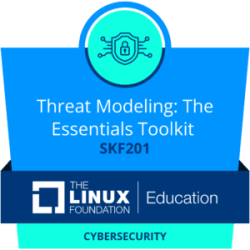Images
The course provides hands-on experience with RISC-V computer architecture and teaches how to develop and compile C and RISC-V assembly code for the RVFpga SoC as well as how to use and extend the input/output system of the RVfpga SoC. Additionally, you will learn how to configure the microarchitecture of the VeeR EH1 CoreTM and test its different features using performance counters and industry-standard benchmarks. Finally, the course provides step-by-step instructions on how to execute programs on the Nexys A7 board and simulate programs using: Whisper instruction set simulator (ISS); Verilator-based RVfpga-ViDBo; RVfpga-Pipeline; and RVfpga-Trace.
This course is for junior level or higher university computer science, electrical and computer engineers and other technical students as well as others who would like to learn and experiment with RISC-V.
Similar resources
The key to a successful open technology project is to ensure a neutral playing field for all developers, technologists, and companies to collectively contribute to project evolution and growth. The Linux Foundation was built on the idea of the democratization of code and scaling adoption, for all projects equally. Expert legal and governance support programs ensure everyone is on the same playing field.


Introduction to JavaScript Security (LFS184)

Security for Software Development Managers (LFD125)

Cloud Cost Monitoring for FinOps with OpenCost (LFS248)

Conversational AI: Ensuring Compliance and Mitigating Risks (LFS120)

WebAssembly Components: From Cloud to Edge (LFD134)











